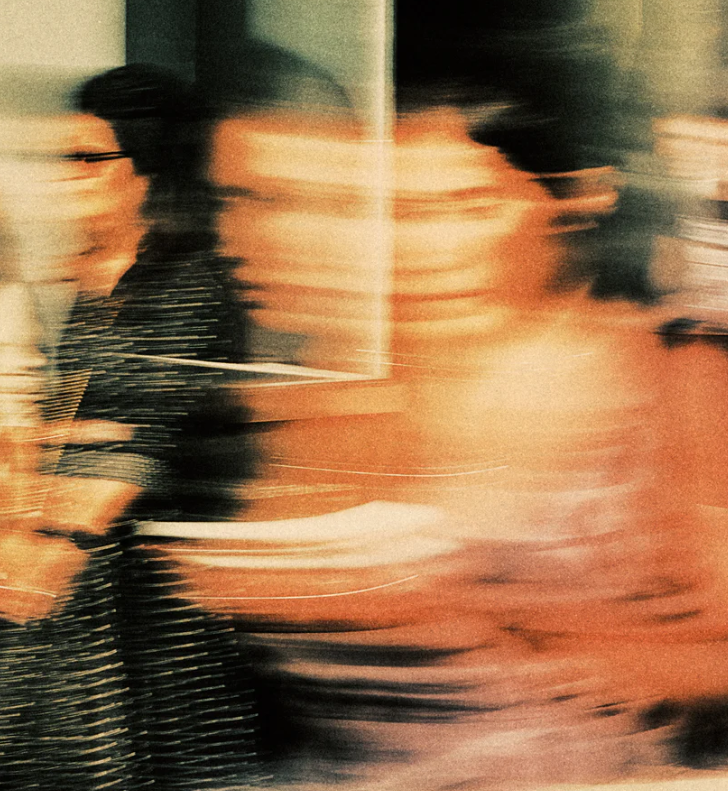Guide to Abstract Street Photography
- ronisidhu
- May 18
- 2 min read

What is Abstract Street Photography?
Abstract Photography, also known as Abstract Expressionism Photography, is a style that does not aim to accurately portray reality. Instead, it emphasises shapes, gestures, colours, forms, and textures to convey a perspective open to interpretation. Abstract street photography incorporates these elements into urban settings to convey something about modern life. Is it a silly, contradictory term? Sure, but don't worry. It's a trend, and experimenting with it is enjoyable, right?
Examples of Abstract Street Photography
Saul Leiter
The first name that usually pops up related to this style of photography is Saul Leiter (1923-2013). Originally a painter with an interest in Abstract Expressionism, he moved to New York in 1946 and befriended another painter, Richard Pousette-Dart, who was experimenting with photography. Leiter began to expand his interest into photography, and in 1957 MOMA exhibited his colour photography in 'Experimental Photography in Colour'.

Sarah van Rij
Sarah van Rij (@sarahvanrij) is a photographer based between Amsterdam & Paris. Her new book with David Van Der Leeuw, 'Metropolitan Melancholia' has some great examples of this style of photography where she makes use of exaggerated elements, silhouettes and framing.

Aleksandr Babarikin
Alexander talks about being inspired by French expressionism and Japanese animation. He often uses motion blur to create abstraction and express movement.

Tips for creating Abstract Street Photography
Try longer focal lengths, like 135mm
Leiter frequently utilized long focal lengths in his photographs. This technique compressed or flattened the scene into a single plane, enabling interaction between foreground and background elements. Additionally, longer focal lengths provide the ability to focus on specific subjects with more control and precision compared to wider focal lengths.
If you lack a long lens, consider using the crop mode on your full-frame camera or exploring affordable lens extenders.
Try wider focal lengths
As demonstrated earlier by Gustavo, using wider focal lengths such as 28mm and 24mm, along with a deep depth of field like f16, can often create abstraction when skillfully combined with reflections and shadows.
Consider shape, gesture, colour, and form
Observe how Leiter employs colour and shape. Focus on these individual elements when capturing photographs and attempt to concentrate on them by disregarding the broader scene.
Remove context
It's abstract and should have minimal context, if any. Strive to eliminate details. This is more easily achieved with a longer lens.
Crop creatively
This isn't documentary photography. Seize the chance to unleash your creativity and crop enthusiastically. It doesn't matter if you end up with a 6mp file.
Work the colour
Examine Leiter's photos above and observe the dominant colours and overall colour palette. This is an aspect you should consider both during shooting and in post-processing. Utilise Lightroom tools such as the HSL sliders and WB controls to minimise unwanted colours and highlight the colours that you find most appealing.
Join my workshops in London and actoss the world, where we explore our major cities and capture stunning images that you will be proud of.




Comments